The Earth is round. Two plus two equals four. Climate change is real. We are decimating our planet. These are facts. They are demonstrable and irrefutable.
Like the brilliant legal introduction from which this was partially borrowed [A], it is best if we get straight to the point.
I understand that might sound alarmist, but we can no longer skirt around these issues. The time for ambivalence has passed.
Not convinced? Time to fasten your seatbelts:
“Humans have altered about 70 percent of Earth’s land surface and ocean. Wetlands have lost 85 percent of their natural area; kelp forests have lost 40 percent; seagrass meadows are disappearing at 1 percent per year; the ocean’s large predatory fish are two-thirds gone; coral reefs have lost half their living mass. Agriculture has halved the weight of living vegetation on land, driving a diversity loss of 20 percent; 40 percent of extant plants are currently endangered. Farmed animals and humans now constitute 96 percent of all land vertebrates; only around 5 percent are wild, free-living animals. The world’s wild populations of birds, mammals, fishes, reptiles, and amphibians have declined by an average of nearly 70 percent in just the last 50 years, a breathtaking plummet. More than 700 vertebrate species have gone extinct over the last 500 years, an extinction rate 15 times the natural rate. Around a million species are now threatened with total extinction. These disruptions and declines have caused the deterioration of soil, air, and water quality; pollination; carbon sequestration; and human health. Other things have increased: floods, fires, the number of malnourished people, plastic pollution, general toxification, and infectious epidemics.” [1]
These are the facts – whether we want them to be true or not.
On top of that, the planet is warming. That, too, is irrefutable. Nineteen of the 20 hottest years on record have occurred since 2000 – with the lone exception being 1998. The year 2020 tied with 2016 for the warmest year since record-keeping began in 1880. And no, this isn’t a case of a natural climate warming cycle. The science is clear: it’s on us. According to NASA, 97% of publishing climate scientists agree that global warming trends are extremely likely due to human activity. [2][3]
As NASA atmospheric scientist Kate Marvel put it, “We are more sure that greenhouse gas is causing climate change than we are that smoking causes cancer.”
I don’t normally consider myself a doom and gloom type of guy, but what the fuck are we doing?
If there is one sliver of hope, it is that all hope is not lost… yet.
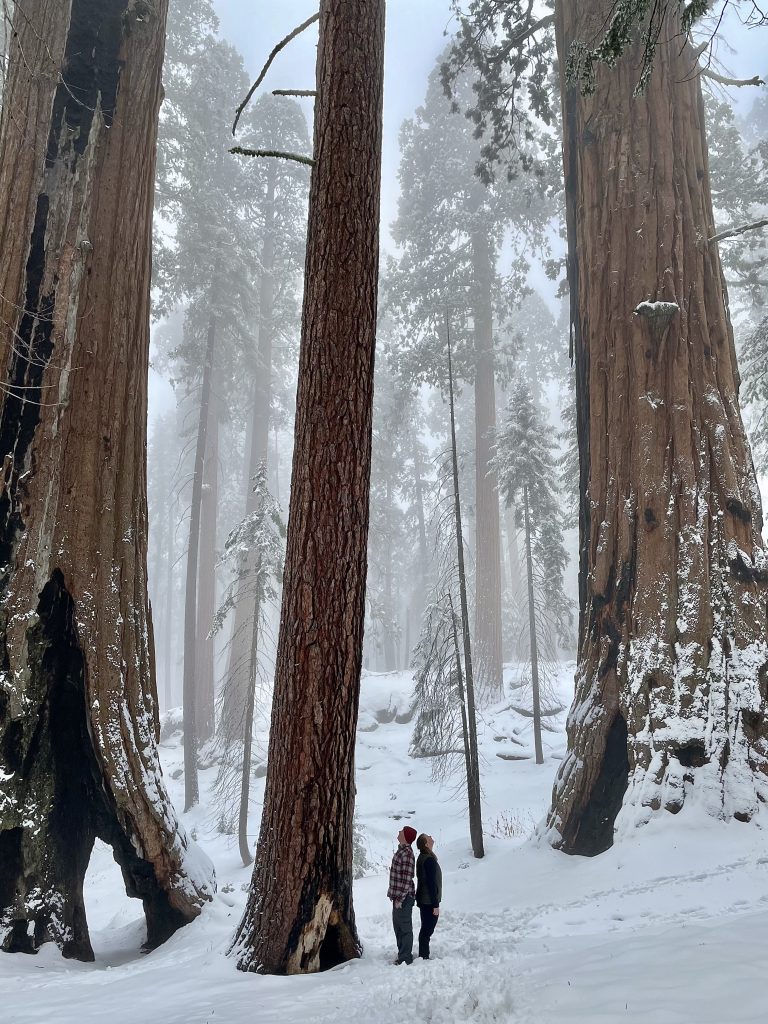
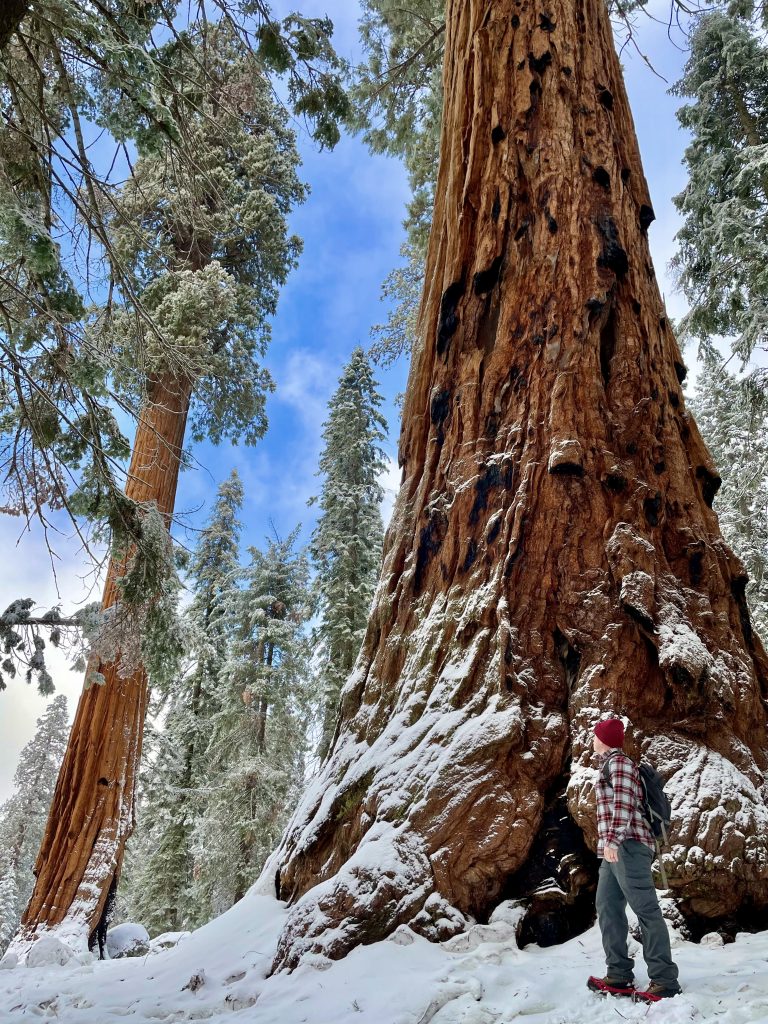
I admit this perilous journey wasn’t exactly top of mind during the 16 hour road trip from Colorado to California’s Sequoia National Park. Instead, after a full year of quarantining and travel restrictions, an overwhelming anticipation to explore a new national park consumed my thoughts. Maybe it was the numerous wind turbines and solar farms along the way that planted this seed.
With the natural world at its brink, Sequoia National Park can perhaps be a successful case study in preservation. Owing to a level of foresight that seems unattainable by today’s standards, John Muir and other visionaries of the late 1800s recognized the imminent threats facing our country’s most awe-inspiring natural wonders and fought to protect them for future generations.
This framework – which paved the way for the National Park Service – was a radical and uniquely American idea. Undoubtedly, if the national parks didn’t already exist and someone tried to invent them today, they would be denounced as a socialist plot. Like libraries, in a way.
So, with the logging industry reaching its peak from 1880 to 1900, the world’s largest trees were in need of saving. Predictably, the land that encompasses a vast majority of sequoia groves was quickly appropriated by lumber companies. To this day, corporations have shown that when left to their own devices they’ll choose profit over ecological harm every time.
Without intervention, it is a near certainty that Sequoia National Park, and the majestic trees it protects, would cease to exist.
Fortunately, the growing conservation movement won out. Thus, in 1890, America’s 2nd national park was established.
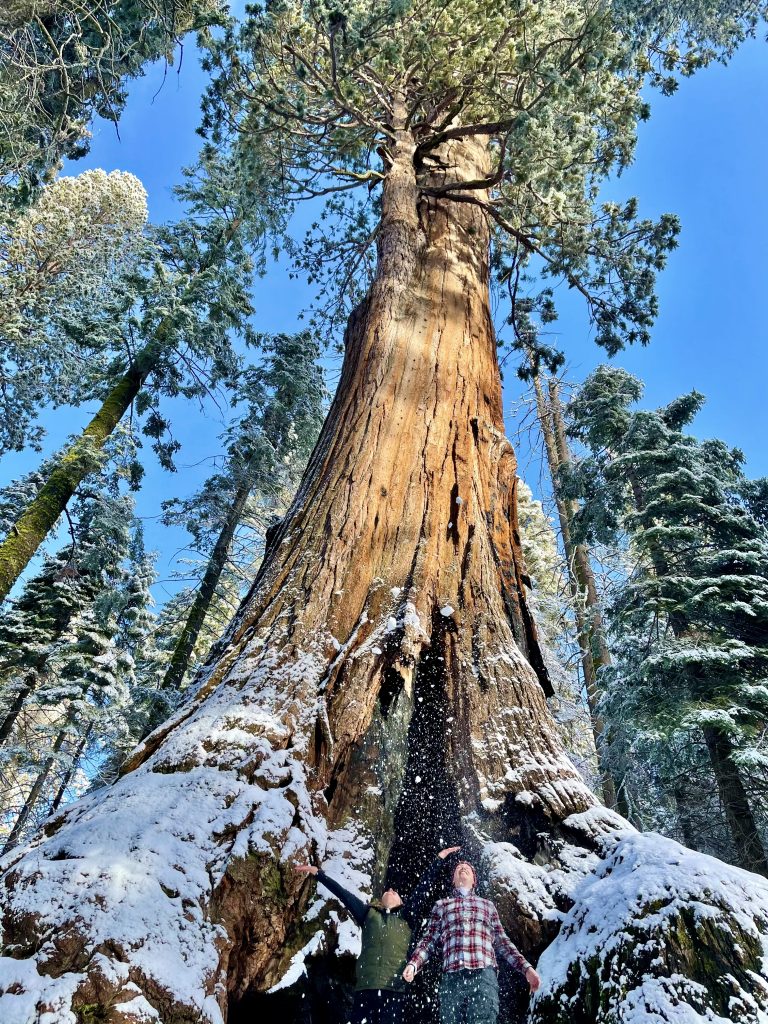
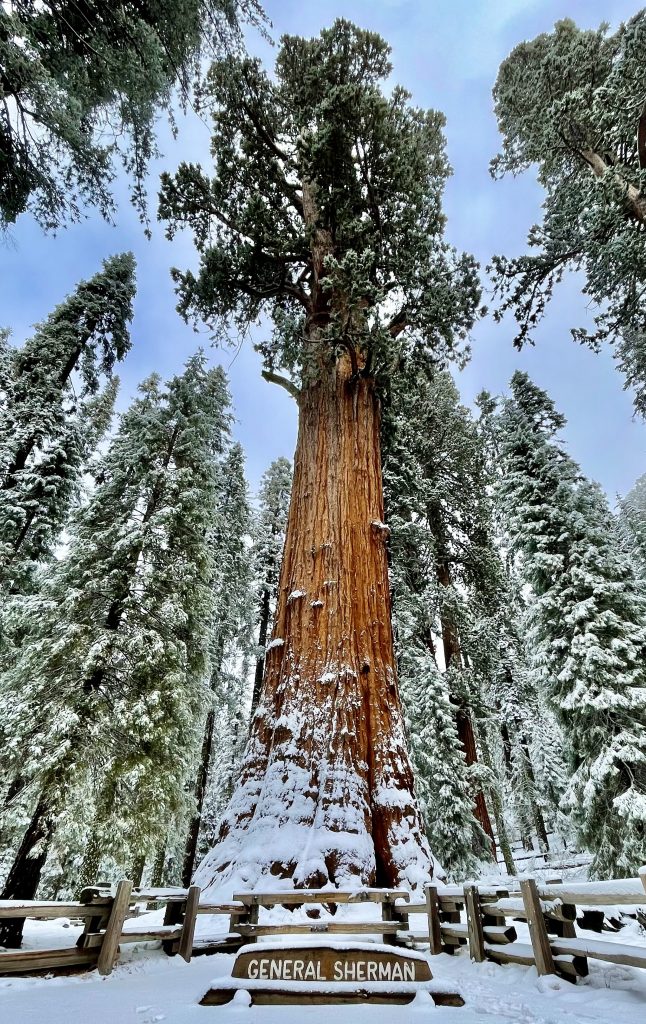
Fast-forward to today and it is the record number of visitors that are putting a strain on the national parks. Therefore, exploring the parks in the off-season or shoulder seasons has become a priority of ours. You might even call it a travel hack if that phrase wasn’t so overused. Valentine’s Day is best spent in a national park and you won’t convince me otherwise.
Sequoia happens to be an ideal park to visit in winter: hiking amongst the world’s largest trees in a blanket of snow while having the trails more or less to yourself is magical.
While there are canyons and caves to explore, the giant sequoia trees are unquestionably the main attraction.
Approaching these behemoths for the first time gives you an immediate feeling of being transported back to prehistoric times. While the oldest living sequoias are some 3,000 years old, their sheer size feels out of scale compared to their surroundings. The trees appear far more suited for Jurassic Park than a national park.
Unlike the Guadalupe Mountains, Sequoia is one of the most accessible national parks. To reach the largest sequoias, head directly to the Giant Forest – do not pass Go, do not collect $200. Home to the General Sherman, the world’s largest tree by volume, and a few others in the top 10, the aptly-named Giant Forest is perhaps the greatest forest in the world.
To no surprise, the best trail in Sequoia National Park is found within the Giant Forest – the Congress Trail. This easy 3 mile loop is a necessity, especially if you only have one day to spend in the park. I would even go as far to say the trail is one of the best short hikes in the entire national park system. Starting at the General Sherman Tree, this paved loop will soon have you ditching the crowds while bringing you up close and personal with the President Tree, the world’s third largest; as well as the impressive sequoia clusters known as the House and the Senate – which are just as antiquated as the ones found in D.C.
While the crowds thin out in the summer months, the Congress Trail is almost desolate in the winter. Throw on a pair of microspikes or snowshoes and you’ll have the entire forest to yourself. There’s a sense of calmness and tranquility found there. Something almost meditative.
If you’re not sequoiaed out by this point, the creatively-named Big Trees Trail makes for a great addition to your day. Like having a second glass of wine. At just under 1 mile, the trail is home to… you guessed it, some very big trees. Can you guess who is currently on their second glass?
In the summer months, the classic hike up Moro Rock will give you outstanding views of the surrounding valley and the High Sierra mountain range. Although just a half mile round trip, the 350 stone-carved steps are not a walk in the park. Unfortunately, Sequoia National Park is known for having poor air quality at times, so a hazy sky is likely to impair the impressive mountain views.
While the grandeur of these majestic trees are front and center thanks to the early conservationists, it’s hard to shake the nagging feeling that our national parks remain under attack. In Sequoia alone, the logging industry is still at the park’s doorstep, and the increasing intensity of wildfires are wreaking havoc on one of the planet’s most resilient species of trees.
The struggle between humans and nature seems to take center stage in our national parks.
Thanks to a combination of federal laws and support from our fellow citizens, the national parks have been successful thus far in keeping human and corporate influences at bay. However, venture just outside park boundaries and nature becomes a free for all. Unfortunately, out here the stakes are much higher.

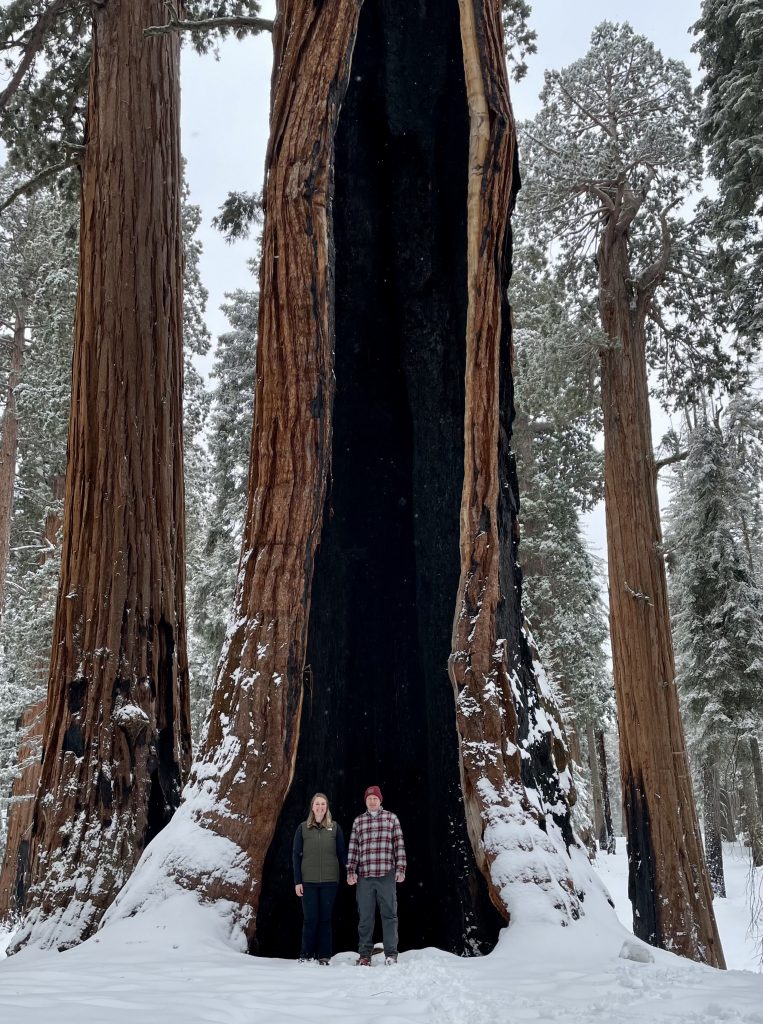
As the natural world around us continues to be pillaged and plundered the need for preservation is undeniable. Protecting nature, including these pristine natural wonders, matters more than you think. It’s not just about getting that perfect Instagram photo. Life literally depends on it.
Similar to the warming of the planet, the fact that animal extinctions are occurring isn’t abnormal – it’s the rapid and accelerating pace that is unnerving. Some scientists put the number at upwards to 1,000 times the natural extinction rate. There’s a very real possibility we are in the midst of a sixth mass extinction, on par with the “Big Five” that Earth has seen since life began.
While paleontologist Doug Erwin, an expert in the End-Permian mass extinction, is quick to point out that we are not currently in a mass extinction event, he also isn’t exactly encouraging. “I think that if we keep things up long enough, we’ll get to a mass extinction, but we’re not in a mass extinction yet … If we’re really in a mass extinction … go get a case of scotch.” [4]
Macallan for me, please.
The comprehensive, yet harrowing, recently published article, “Underestimating the Challenges of Avoiding a Ghastly Future” points to a similar, if more urgent, sentiment: That we are already on the path of a sixth major extinction is now scientifically undeniable. [5]
It seems that we are dangerously approaching a tipping point. Once we officially enter mass extinction mode, nothing is safe.
Maybe there’s a reason Elon Musk is trying so hard to get to Mars.
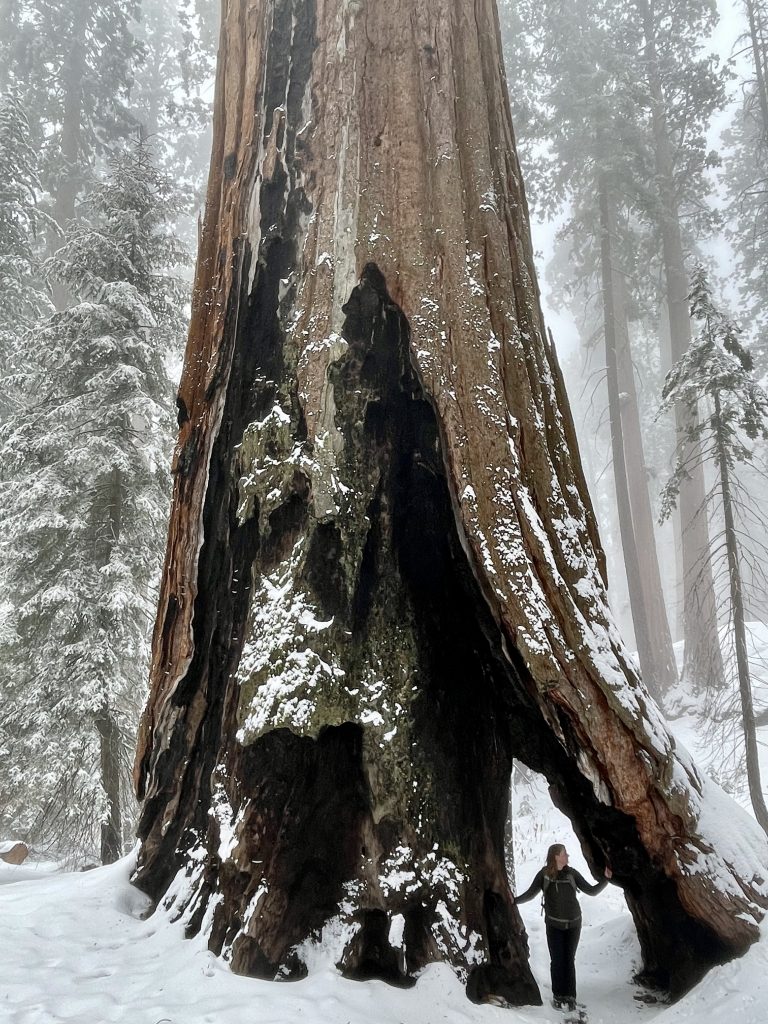
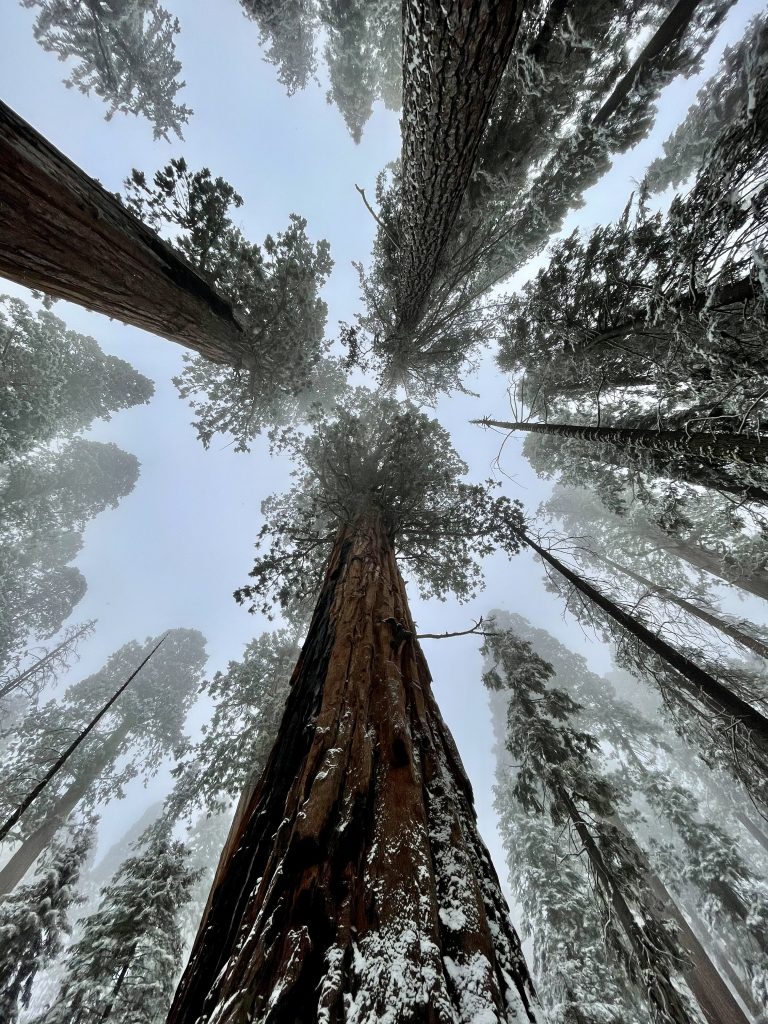
I mentioned earlier that all hope is not yet lost. For that to be true, hope alone is not enough. Urgent action is needed. As the masterful writer Ray Bradbury said “Action is hope. There is no hope without action.”
These themes – urgency, action, hope – are found throughout the above mentioned Avoiding a Ghastly Future article.
In the study, a team of 17 international scientists and researchers point to three major crises facing life on Earth: biodiversity decline, climate disruption, and human overconsumption and overpopulation. All ominously intertwined.
It’s as if Pulp Fiction is an allegory for our present situation. The only question is – if Marsellus Wallace symbolizes the planet, and Zed represents the above crises – will we, as humans, play the role of Bruce Willis or the Gimp?
While we face new challenges in the 21st century that were not envisioned when the parks were created, the basic purpose of the parks remains essentially unchanged: to protect and preserve these public lands for future generations.
National Park Service
It’s easy to see why John Muir and others fought so hard to protect Sequoia in the late 1800s. The area is remarkable. The trees? Stunning.
Sequoia National Park might not be as renowned as nearby Yosemite, nor as jaw-dropping as the Grand Canyon; but as far as adventures go, I’d put a nice winter day in Sequoia up there with the best experiences that the national parks offer.
As the National Park Service continues the work of protecting our public lands for future generations, maybe we can all take a moment to consider what we can do to protect and preserve our planet for future generations.
Understandably, as we confront the enormous challenges that lie ahead, it’s hard not to be overwhelmed. In this moment, I am reminded of the sequoia pine cone.
Despite coming from the world’s largest tree, a sequoia’s cone is surprisingly small in size. Unlike the sugar pine tree, which can produce cones up to 2 feet long, the sequoia cone is no bigger than a lime. Once their seeds sprout, they grow into these colossal creations.
Like the sequoia pine cone, if everyone makes the smallest of efforts to help our planet, it just might equate to a sequoia-sized difference.
If the giant sequoias have shown us anything, it is that they sure are resilient. You don’t survive for 3,000 years without that trait.
Let’s hope the rest of the planet shows the same resiliency as the giant sequoia trees do – keeping in mind that just like the sequoias, the planet needs our protection too.
________
Click here for more adventures in our national parks!
Take Action
Tackling the enormous challenges that lie ahead can feel daunting. But, we have to start somewhere. Here a few resources and ideas on how you can make a difference today:
According to Dr. Ayana Elizabeth Johnson, from the highly recommended How to Save a Planet podcast, the biggest impact you can have to help save the planet is to be part of accelerating our transition off of fossil fuels.
Easy enough, right? While it feels ambitious in this moment, there are ways you can take action today.
Here are two substantial, and attainable, ideas:
1. The next time you are in the market for a new or used vehicle, test drive an electric vehicle. Unquestionably, EVs are better for the planet, and are now comparable in price to a new gas-powered vehicle. I’m not even saying buy one – take one for a test drive and decide for yourself.
2. If you’re a homeowner, you may not be aware that green, renewable energy is now the cheapest option for energy generation. The Homeowner’s Guide to Going Solar has everything you need to decide if solar energy is right for you – including the vital question: “Will I save money by going solar?”
When compared to our reliance on fossil fuels, our individual carbon footprint is a secondary concern. However, here are four pinecone-sized changes you can make in your own life to positively impact the planet:
1. Reduce Plastic. Each year around 8 million tons of plastic ends up in our oceans. At this rate, our oceans could contain more plastics than fish in just 30 more years. Here are some easy, and creative, ways to reduce plastic and be part of the solution.
2. Change Your Diet. Did you know that if cattle occupied their own nation, they would be the third largest emitter of greenhouse gases – after China and the U.S.? Sorry cows. If you like meat, I get it. The good news for you is that you don’t have to go full on vegetarian or vegan to make a difference. Just reducing your meat consumption by half can cut your diet’s carbon footprint by more than 40%.
3. Become an Ally for the Planet. While individual action might be insufficient when it comes to solving our climate crisis, studies have shown that if your actions influence a few family members and friends to make positive changes, the impacts can grow exponentially. In other words, if your individual actions makes some ripples, they can matter. It takes a village, as they say.
When it comes to our planet and the environment, there is a lot of misinformation out there. I encourage you to follow the science. Here are the resources and references used in this post, and are worth a read or a listen:
[1]. Carl Safina, ecologist and MacArthur Fellow, comments on the ‘Avoiding a Ghastly Future’ report: Avoiding a ‘Ghastly Future’: Hard Truths on the State of the Planet
[2]. How do we know that carbon dioxide is warming the planet? And how do we know it is caused by human activity? This excellent podcast episode, Presenting: Science Vs, from How to Save a Planet will give you the cold, hard, radioactive facts.
[3]. Still skeptical about climate change? Don’t take my word for it. Here is what NASA has to say. Don’t want to believe NASA – how about a scientific consensus from climate scientists?
[4]. Smithsonian paleontologist Doug Erwin on why we’re not in a sixth mass extinction… yet.
[5]. Underestimating the Challenges of Avoiding a Ghastly Future – full article.
[A]. Defamation and disparagement complaint – for citation purposes.
Three additional sources for your reading and podcasting pleasure:
Human destruction of nature is ‘senseless and suicidal’, warns UN chief
The planet is dying faster than we thought.
How to Save a Planet Podcast is packed with excellent information and calls to action. Here are a few more episodes to get started with: Presenting: Science Vs. Are Electric Cars Really Better for the Climate?, Presenting: Drilled. Presenting: A Matter of Degrees.
Cheers.
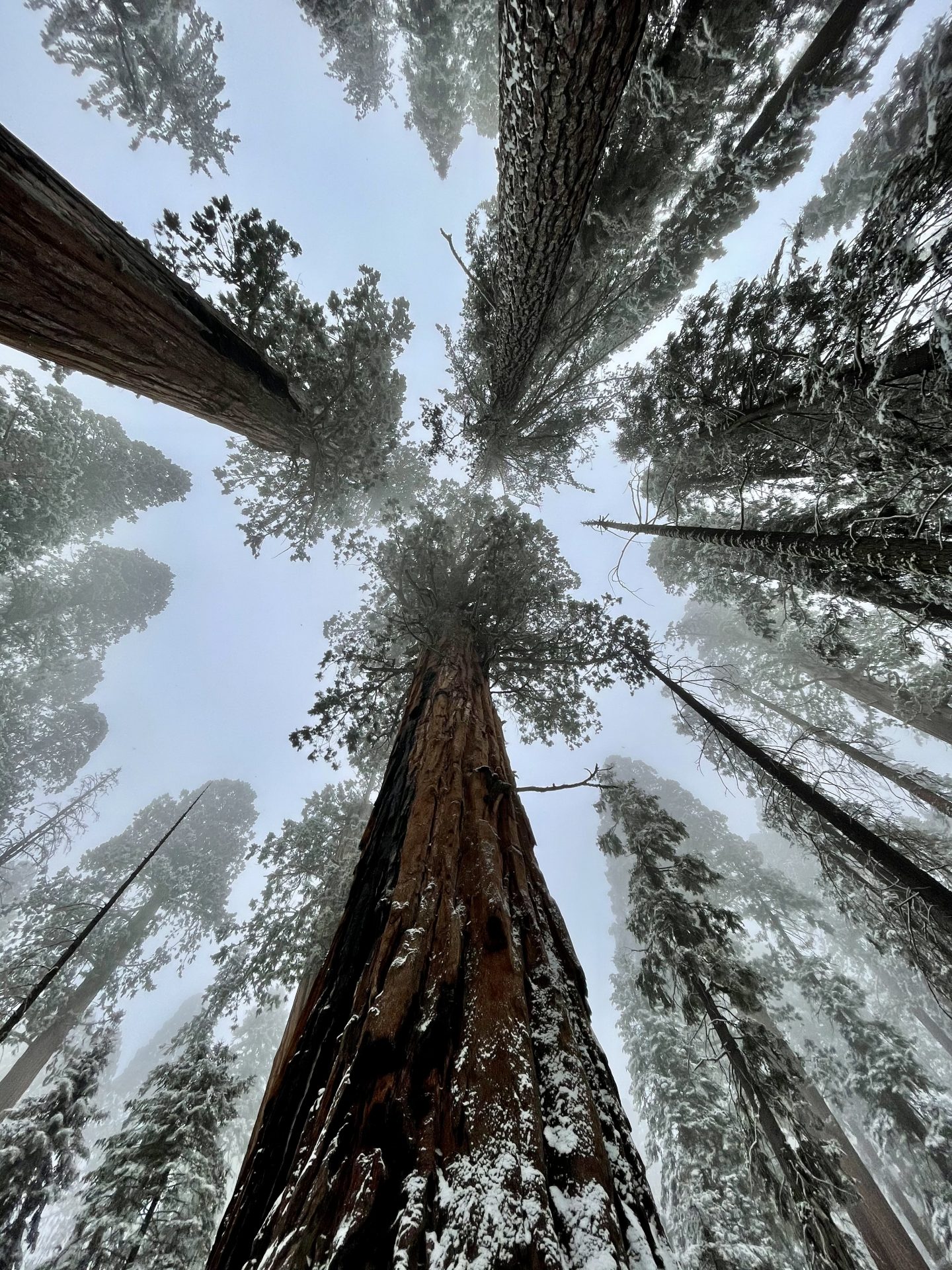
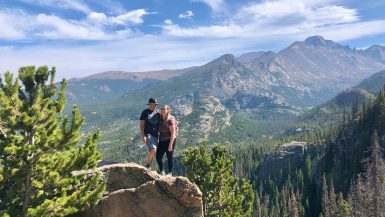
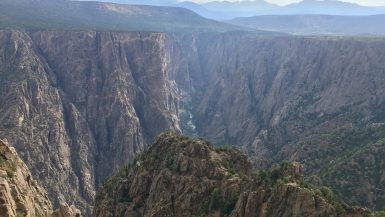
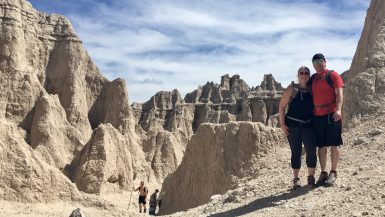
Leave a reply